What needs to be included on the Label
When fragrance oils are used at different percentage loads, they will trigger different information that is required to be present on your CLP labels. Only if triggered, it must contain all or some of the below:
- Supplier Identification – This is always needed and must include the business name, contact number and your registered business address.
- Product Identifier – This is also always needed and is the name of your product. This will enable you and the customer to easily identify it (normally based around the scent of the candle).
- EH208 Information (Ingredients) – This is the allergen information which may trigger your H and in turn the P phrases that need to be supplied. Unless it is necessary to do so regulations state that no more than four chemicals need to be included on the label, only including additional chemicals if the fragrance oil triggers more severe hazards.
- Hazard (H) Phrases – These are triggered by the ingredients of the fragrance oil when they reach a set percentage, therefore you will find a H phrase present at a 10% load but not at a 5% because less is present. H phrases are used to inform the end user of any hazards present within the product.
- Precautionary (P) Phrases – Each H phrase will correlate to a P phrase; the P phrase is for the customer and to advise how to minimise any risks that can be caused by the hazards present.
- Hazard Pictograms – Each pictogram is a warning picture associated to a H phrase. Not all H phrases will trigger a pictogram, again it is based on the percentage of the chemical present that requires the H phrase. The pictograms must be a diamond shape and include a black picture on a white background with a red frame around it, it must be a minimum of 1 cm squared in size. There are 9 CLP Pictograms please follow the link to get more in depth information on these.
- Signal Word – This will either be ‘Warning’ or ‘Danger’ and the one you use depends on what H phrases are present. You may not need a signal word if it is not triggered.
CLP Label examples
Sometimes, seeing is more beneficial then reading so please find 2 examples below for different fragrances at a 10% load. Both have been broken down to show each section and both reflect different levels of required information.
Minimal CLP information triggered

All CLP information triggered
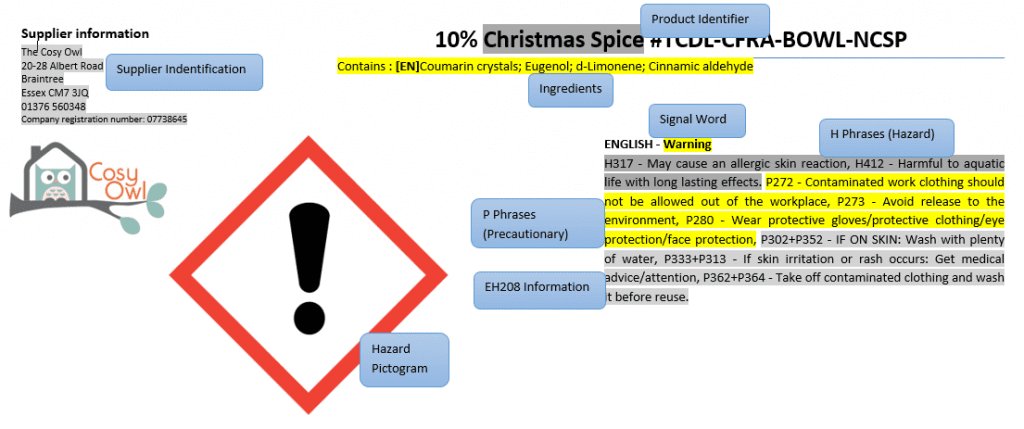
The size of the label is also crucial, for products of 125 ml or larger need to measure a minimum of 52 x 74 mm in size. If your product is smaller than 125 ml, contrary to popular belief, you do still require a CLP label, however there are different requirements. You can in fact omit either the P and/or H phrases or the pictograms that would normally be required under the CLP.
Candle Safety Information
Burn candles out of the reach of children and pets
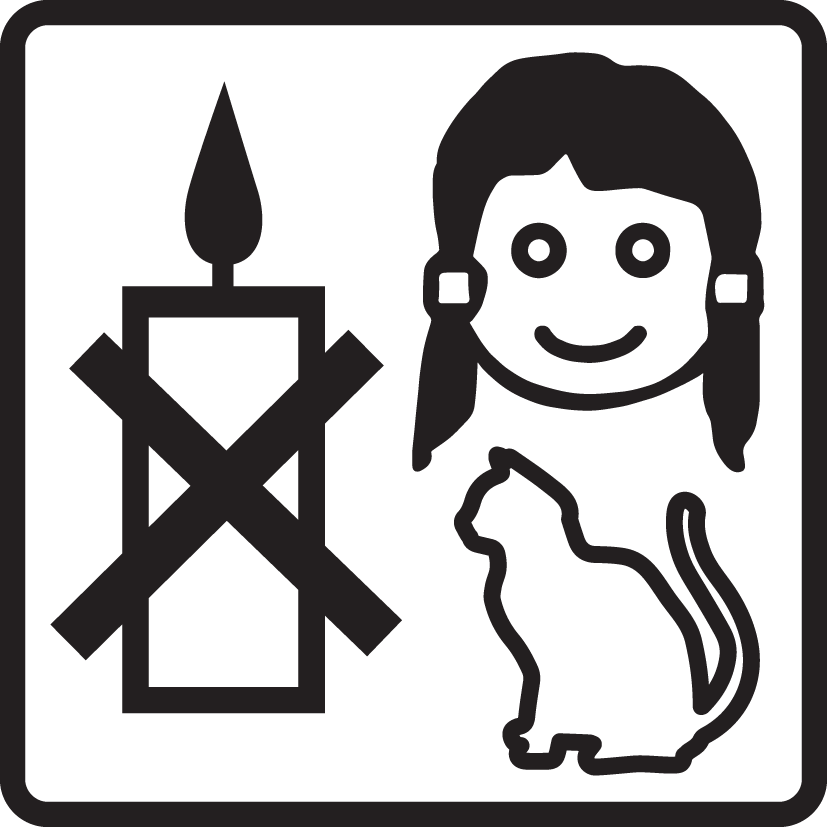
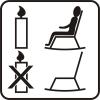
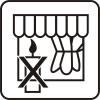
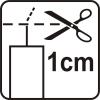
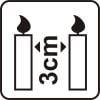
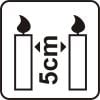
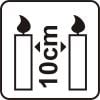
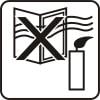
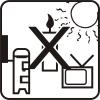
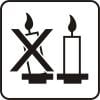
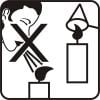
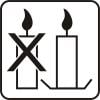
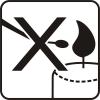

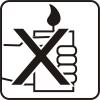

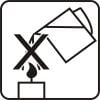
This article is intended as a guide only. Whilst we have taken every care to ensure the accuracy of the information is current and up to date, Cosy Owl accepts no liability for any inaccuracies as regulations are amended frequently. Please refer to the Candle Federation for updates.
Find out more about CLP labelling…


Good afternoon,
I was wondering if you could help me. I have included all the relevant information on my CLP10% label but unfortunately all the information required does not fit on my 50mm round label to be fixed to an apothecary jar. I have used font size 5. Is there a legal requirement what size font should be used? If you have any other suggestions, they will be greatly appreciated.
Warm Regards
Rebecca
Are you able to increase the size of the label at all? Did you want to email back the template and details of the fragrance you are using? I can then check if there is anything else that can be done. The information you are required to copy across to your CLP Label is Pictograms and H Phrases these must be copied across, P Phrases is at your discretion as to what is relevant to the product you are making.
Do i need a hazard label/clp when using coconut oil as a base for room diffusers?
A CLP (Classification Labelling and Packaging) label is required when you are using any hazardous substances in a product. Whilst the coconut oil you are choosing to use may not present any hazards, the fragrance you incorporate is most likely to and therefore will require the CLP label.
Hi, are there CLP labels available for your soap kits? I’m new to this soap making.
Thank you
Lisa
Braintree Essex
Im afraid, whilst we provide CLP templates for our fragrance oils, the labels will need to be created either by yourself or through a service that offers this. All personal/company information on the labels will need to be a reflection of the person(s) manufacturing the end product. All data sheets and templates can be found through any oil on the website under the tab ‘Data Sheets’ or via https://cosyowl.com/fragrance-and-essential-oil-data-sheets